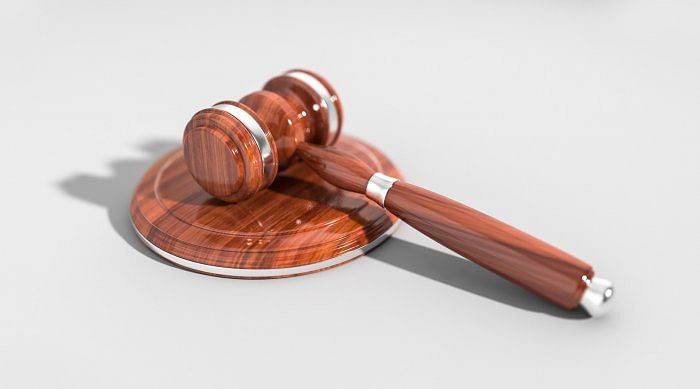
One of the judgements pronounced by Justice J B Pardiwala draws people’s attention, for it begins with musician Kurt Cobain’s quote. It is not new for the courts to take recourse to literature and art in their judgement(s) to simplify complex issues. Lord Denning, Justice Krishna Iyer, and Justice Oliver Wendell Holmes are a few of many distinct and popular judges who have often taken the literary route. From Shakespeare, Kafka, Dickens, and Grisham to Premchand, Manto, Ghalib, and even Bob Dylan, a varied range of artists have periodically been referred to for effective ‘understanding’ of justice delivery.
One may still have doubts about its effectiveness, which is an intriguing question to investigate, only to find a positive answer.
Law and literature are two faces of the same coin and share a close relationship. Language is one of the common denominators between the two, reflecting their respective values through ‘words’ as before being anything, the law is a "textual arrangement," which finds justification to some degree in the words of J G Mowatt, "By implication then, the better the lawyer's command and understanding of the values projected by words, the better the lawyer (and human being) they will become."
The divide between law and literature is one of emotions, with tangents of "abstraction" and "logic." It is no exaggeration to say that the intersection of the two is also complimentary in nature, as literature instils a philosophical realisation in the study of law, while courtroom dramas over the years have been the quintessential pedigree of celebrated literary drama flaunting a meaningful connection. The interplay is so intense that French sociologist Pierre Bourdieu claimed that law is nothing more than a workable act of social magic. The best example of it would be to visit Justice Markadney Katju, who explained the complexity of euthanasia in a case through famous Urdu shayar Mirza Ghalib’s noted work, Marte hain aarzoo mein marne ki, Maut aati hai par nahi aati. (One dies longing for death, but death, despite being around, is elusive.)
It is fair to say that Judgements, essentially a legal text of reason and logic, are an art of storytelling imbued with references and insights from various fields of social science, including literature. One must note that the initial movement on law and literature had a primary focus on law in literature. However, philosophers like Ronald Dworkin, Upendra Baxi, and K G Kannabiran, through their scholarly works, have applied "law as literature," and to that extent, the study of "literature in law" has gained much-needed attention.
"Literature in Law" is an interdisciplinary intersection of law and literature, striving to eradicate the traditional academic method and instil a humane understanding of complex interplay. Literature has a dual impact on the law. Firstly, it helps in breaking the institutional elitism of legal texts to connect to the masses in a manner they identify, and secondly, it works as a tool for lawyers, litigants, and judges to reach more informed decision-making through articulation or better interpretation, especially with its psychological insights.
Thus, literature, in essence, contributes to the realisation of access to justice by making court adjudication and orders more relatable to the masses. Because of the literary acumen of judges, many judicial opinions are considered to have literary merit. The use of literature in law is as natural as rain. It allows litigants to layer their case and argue with conviction through literature, judges to consider the human context in the interpretation of provisions, and litigants to understand the effect of nonchalant, elite legal language.
(The writer is an advocate and researcher.)